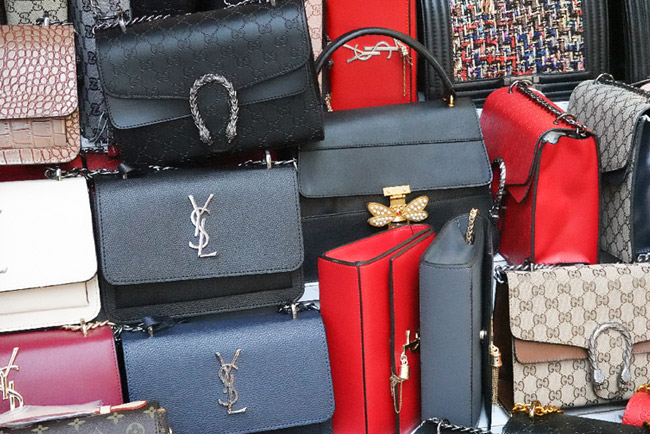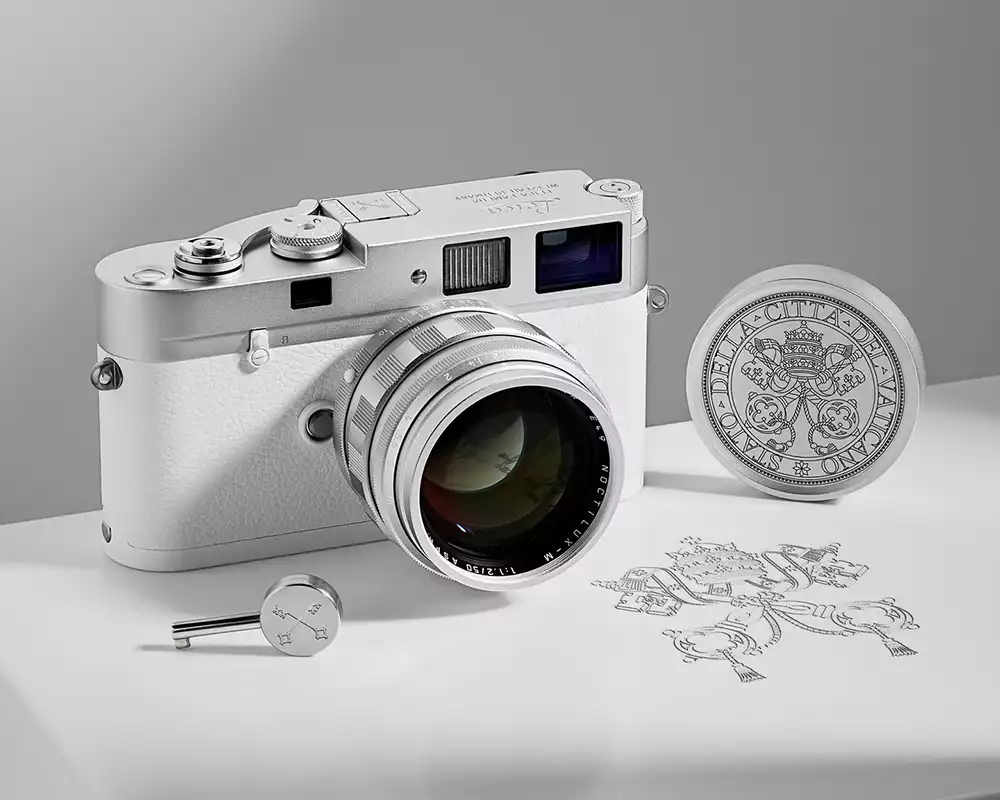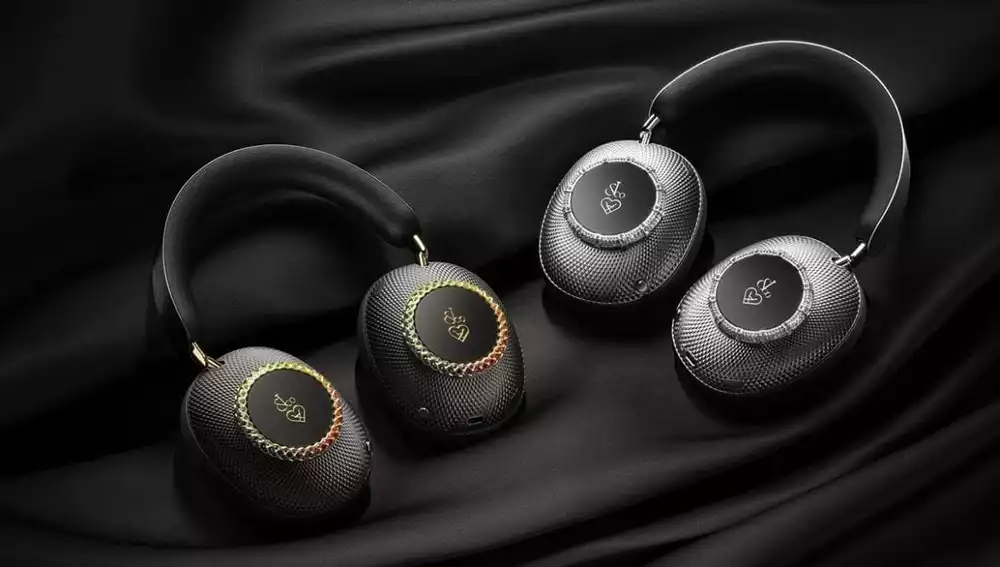
The sale of counterfeit luxury goods has never really ceased to be a problem, but in today’s age where online marketplaces have become a norm, counterfeit sellers have been given as wide of a global platform as the legitimate brands they are copying. According to the Global Brand Counterfeiting Report of 2018, the worldwide financial losses due to counterfeit goods in 2017 amounted to $323 billion. Of this amount, $30.3 billion were lost due to internet sales of counterfeit luxury goods.
In the same way that modern technology has enabled the boom of the counterfeit industry, can technology also be used to fight it? Let’s look at the ways with which global brands are using technology to push back against the counterfeit trade.
Laser technology
One of the most common ways that brands protect their goods from counterfeiting is to mark them in a way that is permanent and hard to copy. For luxury goods, it is also important that the labeling method does not damage or otherwise make the product look inferior.
Laser marking technology has stepped up in a big way in this regard. Companies like Needham Laser, a laser machine manufacturer in the UK, work with luxury goods providers to create highly customizable and intricate patterns to help reduce fakes. For example, the world-famous Gillardeau oyster business uses laser marking to engrave oyster shells with their logo.
Laser marking is incredibly versatile. It can create legible and permanent marks on any surface shape and a wide range of materials. Most laser technologies provide turnkey solutions – easy to integrate into any process, highly precise, and fully automated.
Blockchain
Another innovative way that brands are fighting the counterfeit trade uses blockchain technology to enhance the traceability of products at all points in the supply chain. Previously, the challenge of maintaining traceability in a supply chain at a global level was because each node in the supply chain network operated on its own system. By using a restricted blockchain that all logistic partners can access, all the products from the brand (represented as “digital tokens”) can be accounted for.
To make such a system work, manufacturers will need to come up with innovative packaging solutions that will associate each product to its corresponding digital token. Product packaging embedded with QR codes or Near-Field Communication (NFC) tags are some of the most popular options.
Deep learning
The problem with counterfeit goods is, sometimes, they are so well-made that it’s hard to distinguish them from the real thing. Some people have made careers out of their ability to spot counterfeit goods, but that level of scrutiny is too much to expect out of the average consumer. Enter deep learning – a technique which uses visual scanning at a microscopic level to see which one is real and which one is fake.
As its name implies, deep learning relies heavily on its ability to ‘learn’. Before it can perform its function, it needs to build up a huge database of images of what is fake and what is not. This can range from bags to shoes, and even jewelry.
Unique marketing patterns
It may seem old-fashioned, but the art of leaving unique marking patterns is still a reliable way to combat counterfeiting. Of course, modern technology has made it possible to leave more sophisticated patterns – those that will be very hard to copy. Some examples of this include the use of invisible thread to stitch a pattern or the use of special pigments that are only visible under special lighting.
Iridescent marks – those that change color when seen from different angles – may not be a new thing but is still something that is hard to copy for counterfeiters. Modern methods have made it possible to make iridescent marks on non-traditional materials, such as metal and fabric.
Security ink
There are various ways in which an industrial ink can be used to mark products in such a way that the marks will only appear under specific circumstances. Fluorescent or invisible inks are only visible under ultraviolet light and have been used for decades to confirm the authenticity of currency or checks. There are also magnetic inks which can only be detected by electronic readers and thermochromic inks that only show up at a certain temperature.
Through the innovative efforts of various brands, technology has been leveraged in several ways to help fight counterfeit goods. However, this fight cannot be won by technology alone. Government support and consumer education are just as important in making it difficult for counterfeit trade to be sustainable. More than protecting the profit of these luxury brands, this advocacy is about protecting consumers against low-quality products and discouraging unfair labor practices.


